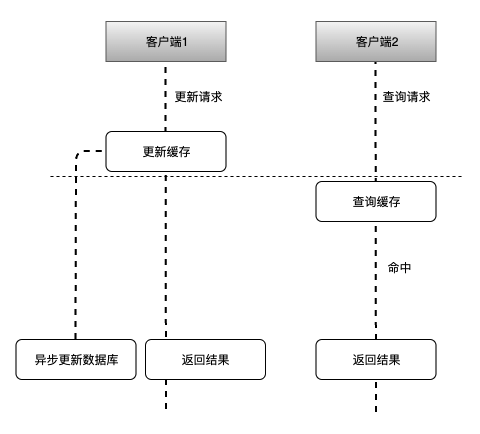Scikit-LLM 是文本分析领域的一项重大变革,它将像 ChatGPT 这样强大的语言模型与 scikit-learn 相结合,提供了一套无与伦比的工具包,用于理解和分析文本。
有了 scikit-LLM,你可以发现各种类型的文本数据中的隐藏模式、情感和上下文,如客户反馈、社交媒体帖子和新闻文章。
它汇聚了语言模型和 scikit-learn 的优势,使你能够从文本中提取前所未有的有价值的见解。
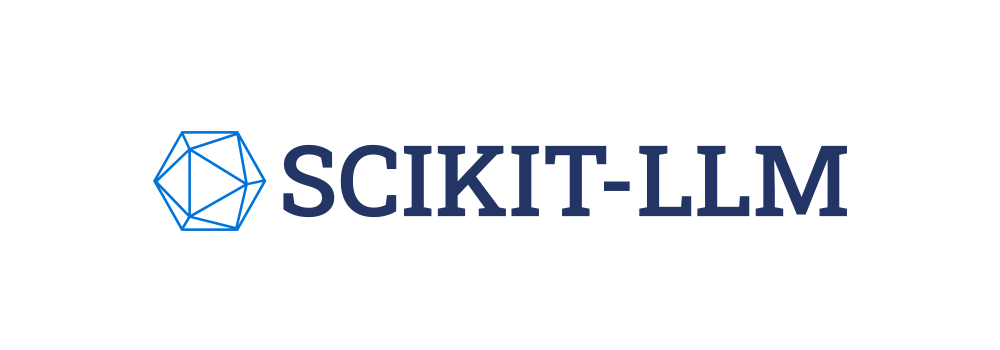
官方GitHub:https://github.com/iryna-kondr/scikit-llm
安装Scikit-LLM
首先安装Scikit-LLM,这是一个强大的库,将scikit-learn与语言模型集成在一起。您可以使用pip进行安装:
pip install scikit-llm
技术交流
建了大模型技术交流群!想要进交流群、获取原版资料的同学,可以直接加微信号:dkl88194。加的时候备注一下:研究方向 +学校/公司+CSDN,即可。然后就可以拉你进群了。
方式①、添加微信号:dkl88194,备注:来自CSDN + 技术交流
方式②、微信搜索公众号:Python学习与数据挖掘,后台回复:加群
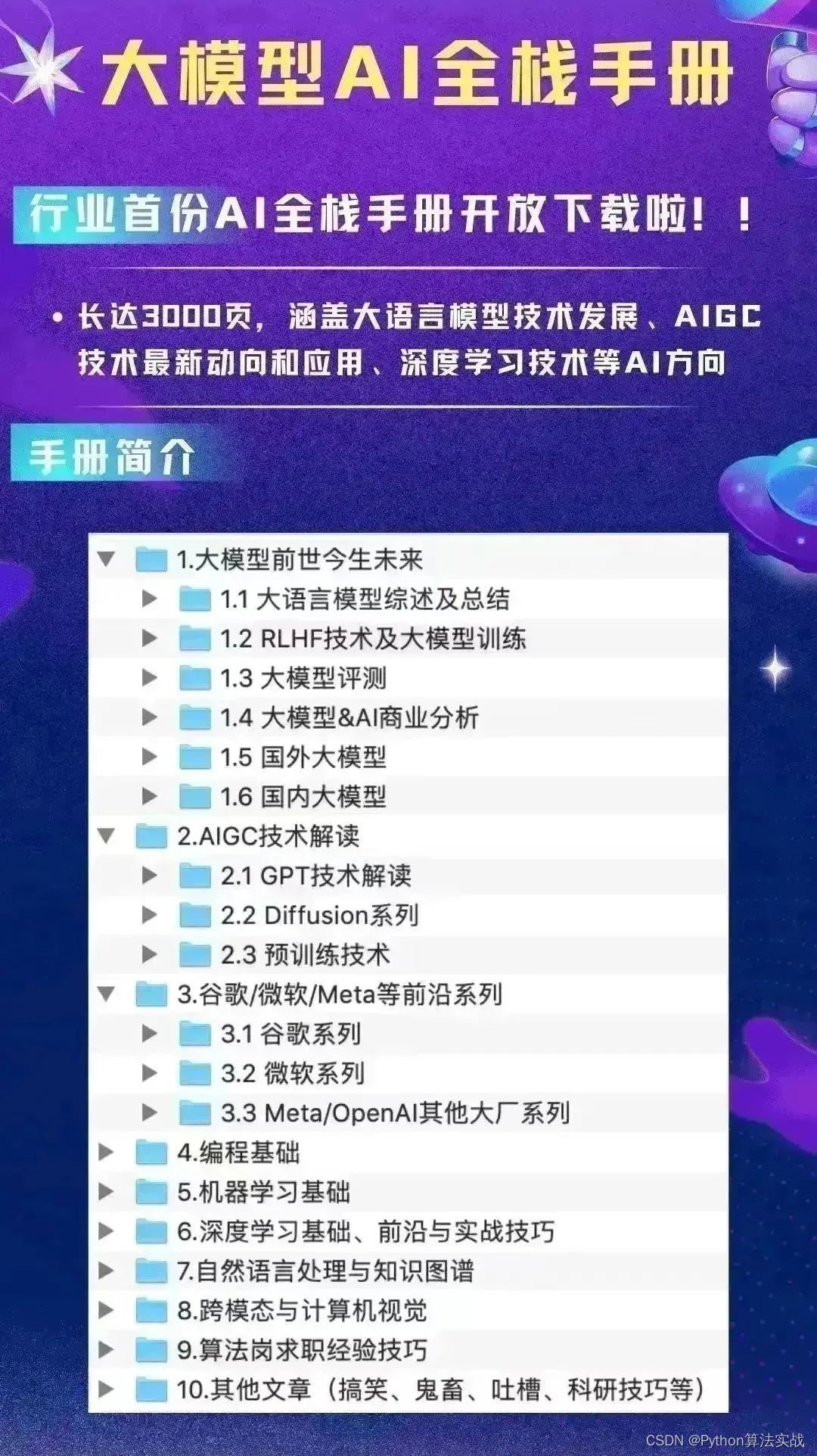
获取OpenAI API密钥
Scikit-LLM 目前与一组特定的 OpenAI 模型兼容。因此,它要求用户提供自己的 OpenAI API 密钥以成功集成。
首先,从Scikit-LLM库导入SKLLMConfig模块,然后添加您的OpenAI密钥:
# importing SKLLMConfig to configure OpenAI API (key and Name)
from skllm.config import SKLLMConfig# Set your OpenAI API key
SKLLMConfig.set_openai_key("<YOUR_KEY>")# Set your OpenAI organization (optional)
SKLLMConfig.set_openai_org("<YOUR_ORGANIZATION>")
Zero Shot GPT 分类器
ChatGPT有一个很酷的功能,就是它能够在不需要专门训练的情况下对文本进行分类。它只需要一些描述性的标签。
介绍一下ZeroShotGPTClassifier,这是Scikit-LLM中的一个类,它使您能够像创建任何其他scikit-learn分类器一样创建这样一个模型。
# importing zeroshotgptclassifier module and classification dataset
from skllm import ZeroShotGPTClassifier
from skllm.datasets import get_classification_dataset# get classification dataset from sklearn
X, y = get_classification_dataset()# defining the model
clf = ZeroShotGPTClassifier(openai_model="gpt-3.5-turbo")# fitting the data
clf.fit(X, y)# predicting the data
labels = clf.predict(X)
不仅如此,Scikit-LLM还确保其接收到的响应实际上包含一个有效的标签。如果没有,Scikit-LLM将随机选择一个标签,考虑到这些标签在训练数据中出现的频率。
简而言之,Scikit-LLM处理API相关的事务并确保您获得可用的标签。甚至在响应缺少标签时,它会填充一个标签,选择的依据是该标签在训练数据中的出现频率。
如果你没有带标签的数据呢?
这里有个有趣的地方 — 您甚至不需要带标签的数据来训练模型。您只需要提供一个候选标签的列表:
# importing zeroshotgptclassifier module and classification dataset
from skllm import ZeroShotGPTClassifier
from skllm.datasets import get_classification_dataset# get classification dataset from sklearn for prediction onlyX, _ = get_classification_dataset()# defining the model
clf = ZeroShotGPTClassifier()# Since no training so passing the labels only for prediction
clf.fit(None, ['positive', 'negative', 'neutral'])# predicting the labels
labels = clf.predict(X)
这不是很酷吗?您可以通过指定潜在的标签而无需显式带标签的数据来训练分类器。
多标签文本分类
# importing Multi-Label zeroshot module and classification dataset
from skllm import MultiLabelZeroShotGPTClassifier
from skllm.datasets import get_multilabel_classification_dataset# get classification dataset from sklearn
X, y = get_multilabel_classification_dataset()# defining the model
clf = MultiLabelZeroShotGPTClassifier(max_labels=3)# fitting the model
clf.fit(X, y)# making predictions
labels = clf.predict(X)
在零样本和多标签零样本之间唯一的区别是当您创建MultiLabelZeroShotGPTClassifier类的实例时,需要指定您想要分配给每个样本的最大标签数量(在这里是max_labels=3)。
如果没有带标签的数据(多标签情况)呢?
在上面提供的例子中,MultiLabelZeroShotGPTClassifier是用带标签的数据(X和y)进行训练的。然而,您也可以通过提供一个候选标签的列表来训练分类器,而无需带标签的数据。在这种情况下,y应该是List[List[str]]类型。
以下是不使用带标签数据进行训练的示例:
# getting classification dataset for prediction only
X, _ = get_multilabel_classification_dataset()# Defining all the labels that needs to predicted
candidate_labels = ["Quality","Price","Delivery","Service","Product Variety"
]# creating the model
clf = MultiLabelZeroShotGPTClassifier(max_labels=3)# fitting the labels only
clf.fit(None, [candidate_labels])# predicting the data
labels = clf.predict(X)
文本向量化
文本向量化是将文本转换为数字的过程,以便机器更容易理解和分析它。在这种情况下,GPTVectorizer是Scikit-LLM的一个模块,它帮助将一段文本(无论长度如何)转换为一个称为向量的固定大小的数字集。
# Importing the GPTVectorizer class from the skllm.preprocessing module
from skllm.preprocessing import GPTVectorizer# Creating an instance of the GPTVectorizer class and assigning it to the variable 'model'
model = GPTVectorizer() # transorming the
vectors = model.fit_transform(X)
将GPTVectorizer实例的fit_transform方法应用于输入数据X,会将模型适应数据并将文本转换为固定维度的向量。然后将生成的向量分配给变量vectors。
让我们演示一个将GPTVectorizer与XGBoost分类器结合在scikit-learn流水线中的例子。这种方法允许进行高效的文本预处理和分类:
# Importing the necessary modules and classes
from sklearn.pipeline import Pipeline
from sklearn.preprocessing import LabelEncoder
from xgboost import XGBClassifier# Creating an instance of LabelEncoder class
le = LabelEncoder()# Encoding the training labels 'y_train' using LabelEncoder
y_train_encoded = le.fit_transform(y_train)# Encoding the test labels 'y_test' using LabelEncoder
y_test_encoded = le.transform(y_test)# Defining the steps of the pipeline as a list of tuples
steps = [('GPT', GPTVectorizer()), ('Clf', XGBClassifier())]# Creating a pipeline with the defined steps
clf = Pipeline(steps)# Fitting the pipeline on the training data 'X_train' and the encoded training labels 'y_train_encoded'
clf.fit(X_train, y_train_encoded)# Predicting the labels for the test data 'X_test' using the trained pipeline
yh = clf.predict(X_test)
文本总结
GPT在总结文本方面表现得非常出色。这就是为什么Scikit-LLM中有一个名为GPTSummarizer的模块。
您可以以两种方式使用它:独立使用或在执行其他操作之前使用(例如减小数据的大小,但是这次处理的是文本而不是数字):
# Importing the GPTSummarizer class from the skllm.preprocessing module
from skllm.preprocessing import GPTSummarizer# Importing the get_summarization_dataset function
from skllm.datasets import get_summarization_dataset# Calling the get_summarization_dataset function
X = get_summarization_dataset()# Creating an instance of the GPTSummarizer
s = GPTSummarizer(openai_model='gpt-3.5-turbo', max_words=15)# Applying the fit_transform method of the GPTSummarizer instance to the input data 'X'.
# It fits the model to the data and generates the summaries, which are assigned to the variable 'summaries'
summaries = s.fit_transform(X)
请注意,max_words超参数作为生成摘要中的单词数的灵活限制。它在提供的提示之外并不严格执行。这意味着在某些情况下,生成摘要中的实际单词数可能会略微超过指定的限制。简而言之,虽然max_words为摘要长度设置了一个大致目标,但根据输入文本的上下文和内容,总结器可能偶尔生成略长的摘要。
如果你有任何疑问,请随时问我!
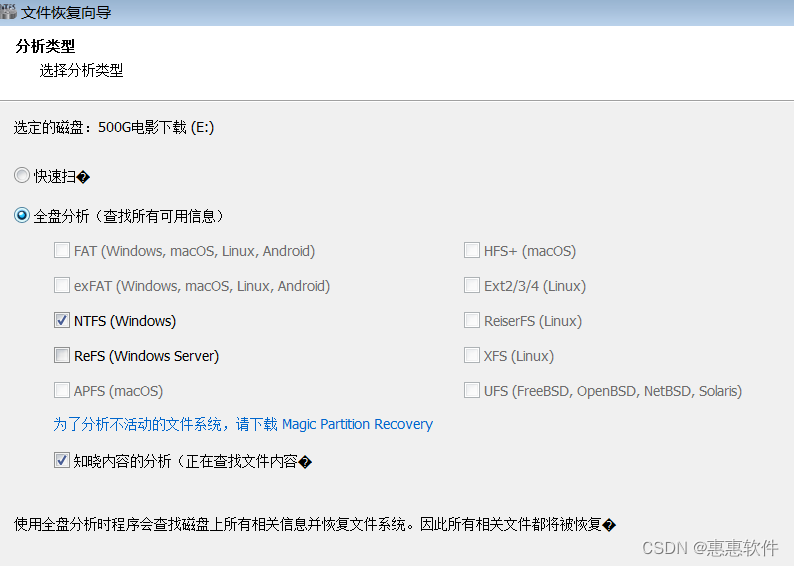
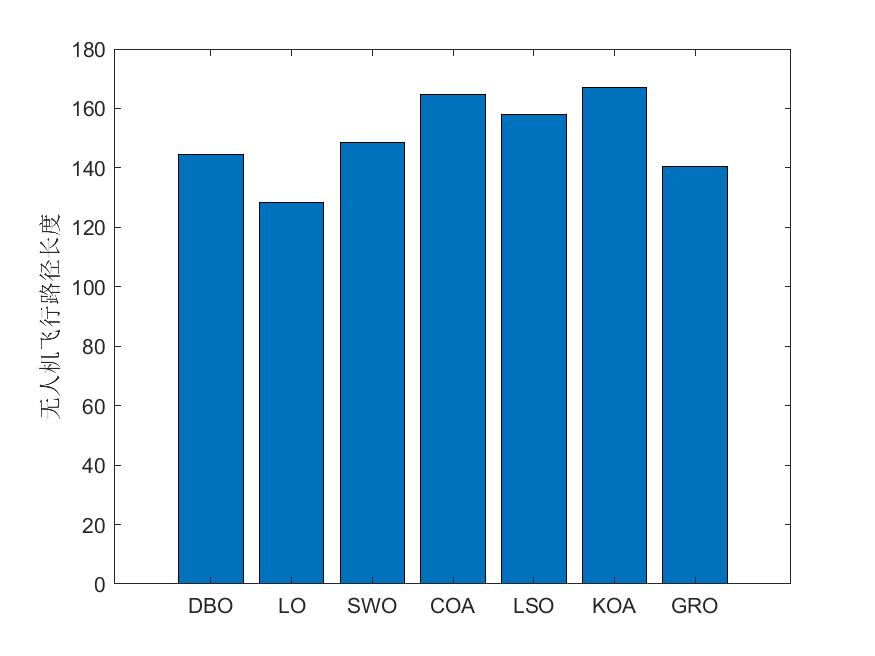
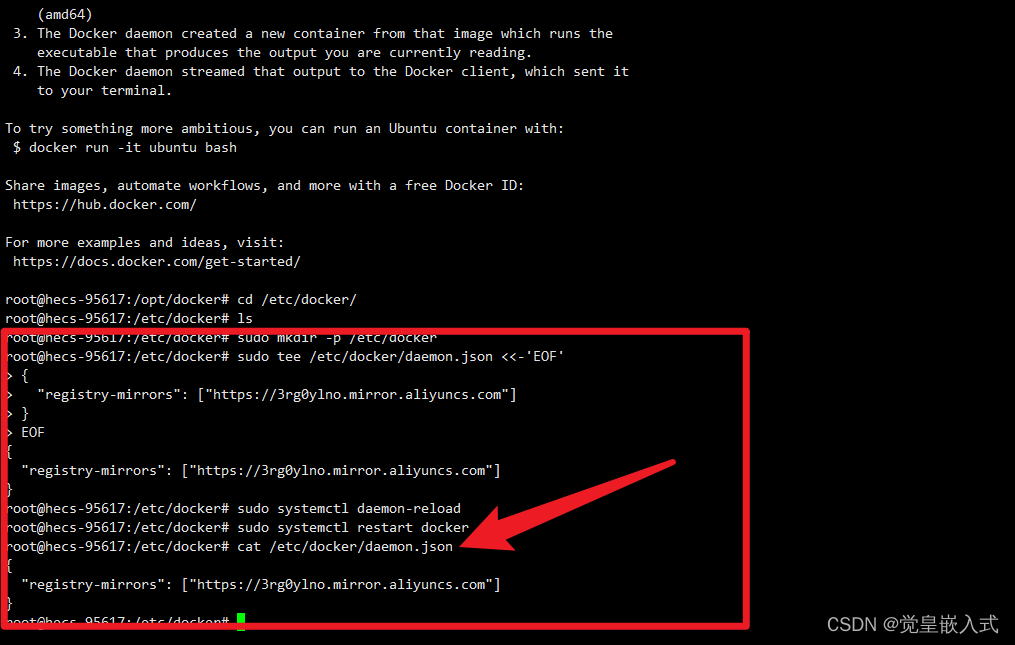
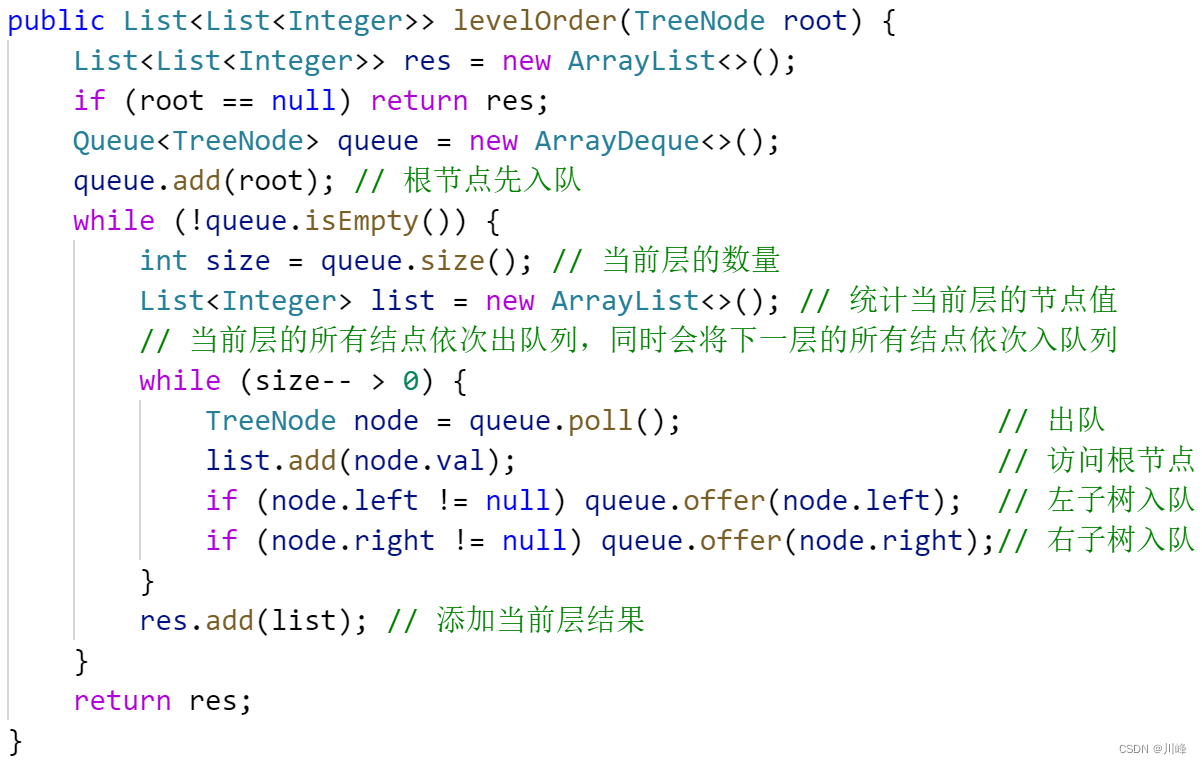
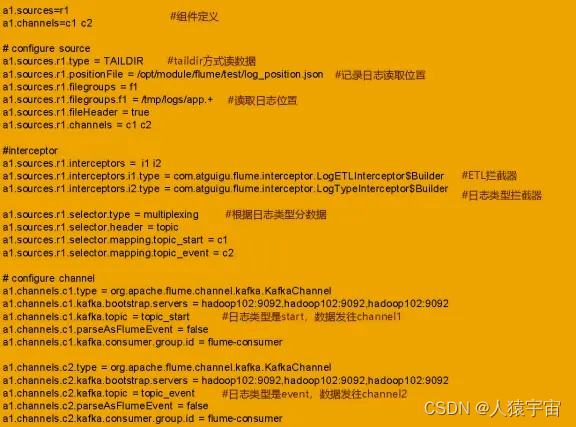
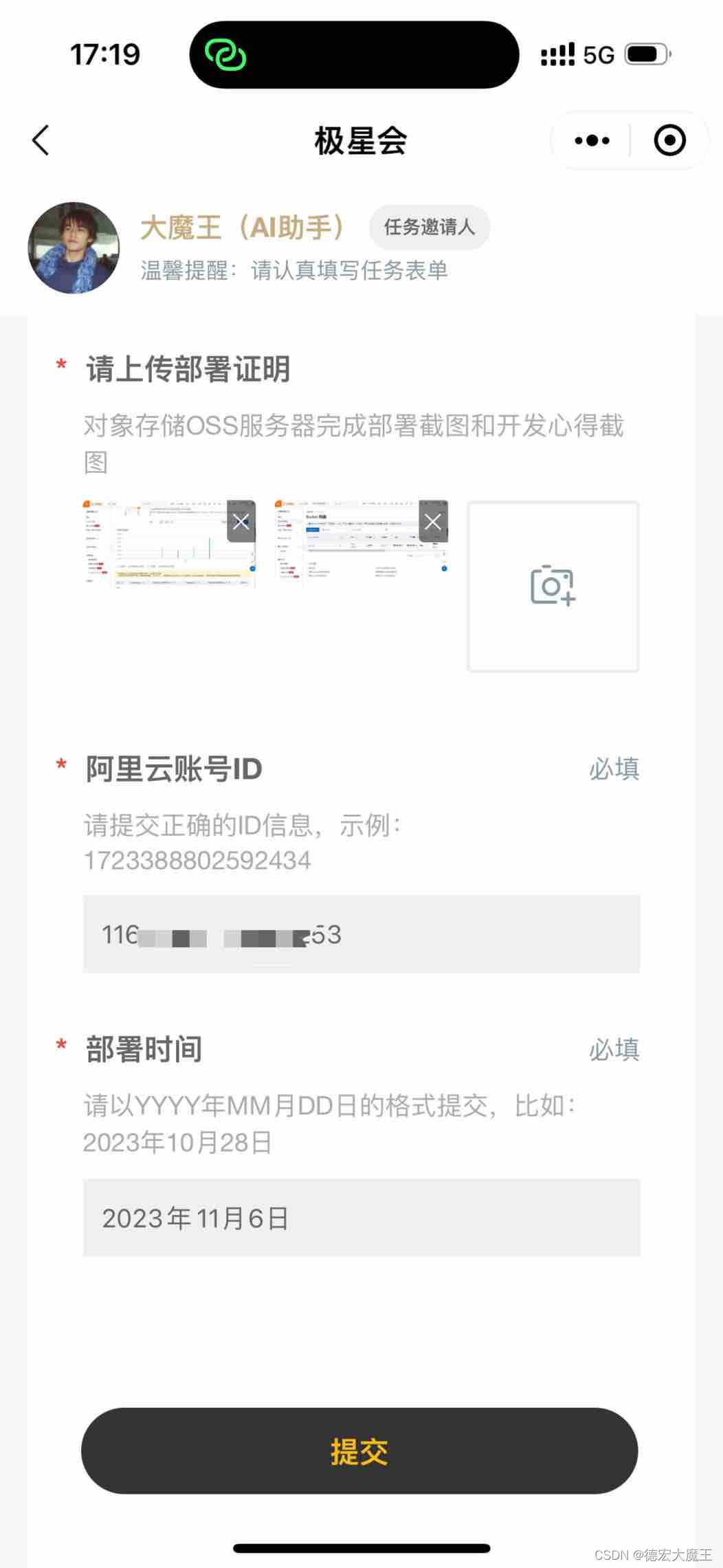

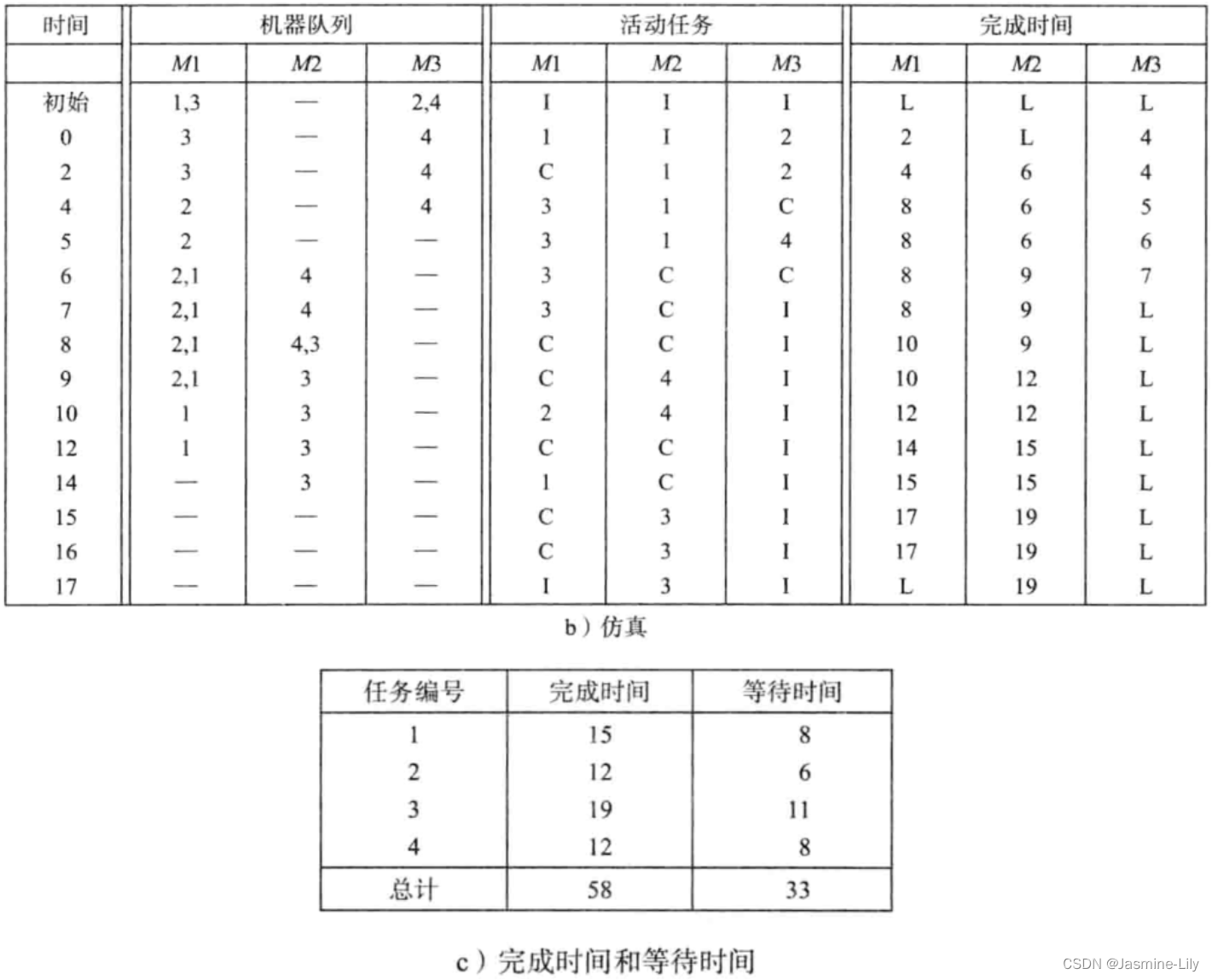
![文件上传 [SUCTF 2019]CheckIn1](https://img-blog.csdnimg.cn/7f4d3c7674664295b94e2473be64dc11.png)


